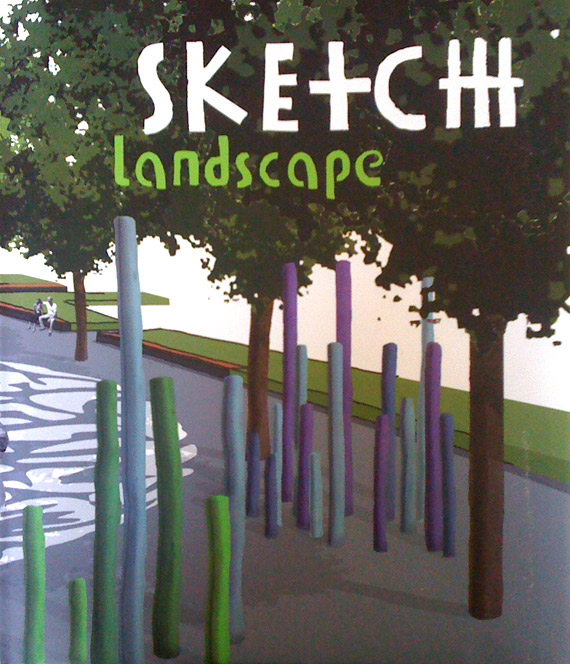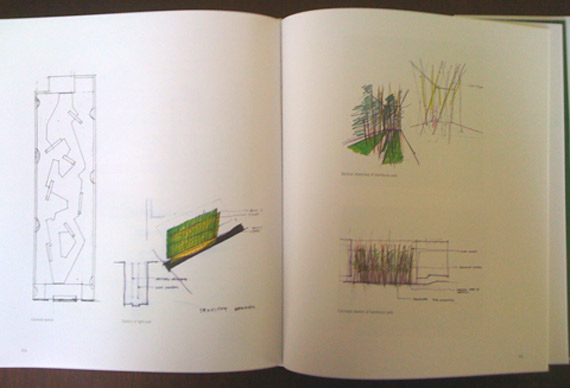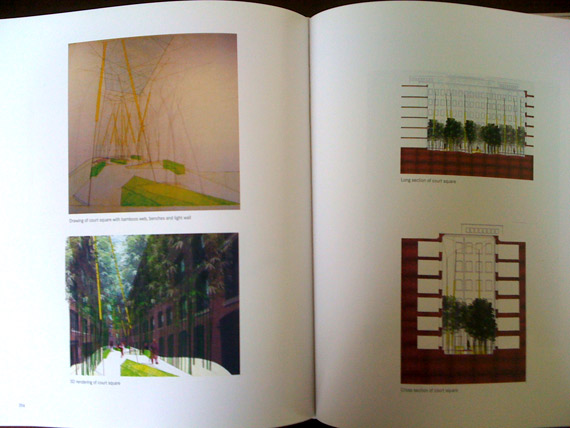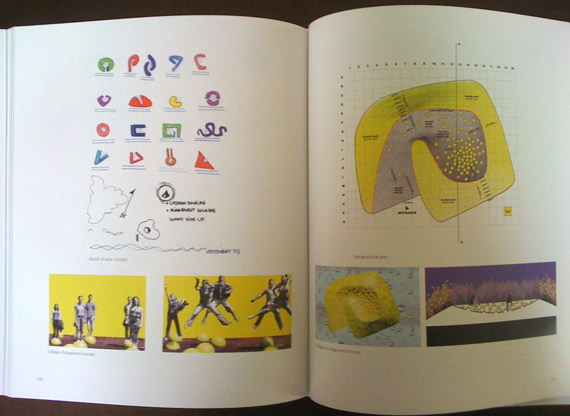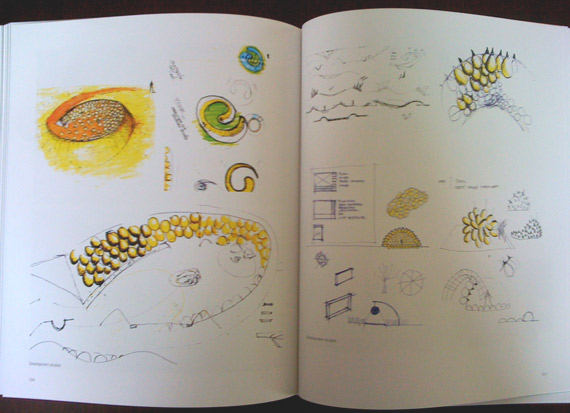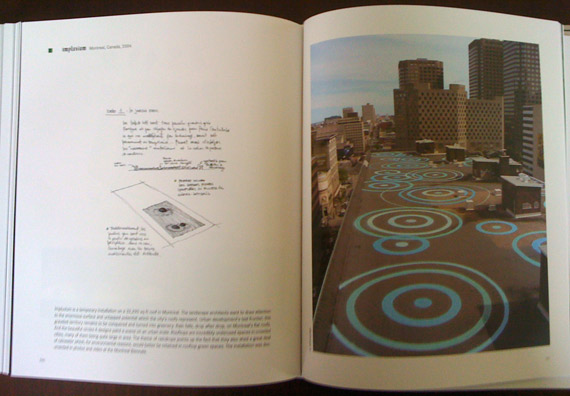 {The weapon of future Landscape Architects, seed bombs deployed by man-operated drone}
{The weapon of future Landscape Architects, seed bombs deployed by man-operated drone}
Amidst two seemingly unrelated activities of gaming and guerilla gardening comes a new video game titled Seeds of Revolution (found via @eatingbark). The games allow you to virtually green empty spaces in the urban realm while avoiding restrictive authorities, without the real-life fear of detection and municipal punishment.
This is a cute game and at the very least provides attention to guerrilla gardening efforts, but with recent advancements in augmented reality and virtual gaming, I can't help but imagine that a new style of drone based urban landscape replenishment isn't a far off possibility.
 {Future Landscape Architects at Battle Command. On yet another urban sortie on abandoned space.}
{Future Landscape Architects at Battle Command. On yet another urban sortie on abandoned space.}
Take the recent Parrot AR.Drone, an iphone controlled machine, equiped with cameras allowing you to interact with other players. We had mentioned previously that this might replace sight visits, sending the drone instead to record information. But what if we were able to equip this drone with seed bombing capabilities? At your base of operations equiped with real-time city maps of abandoned spaces, which were created by research such as the Local Codes project. You send out the drone in an all out attack on city dead zones.
The Landscape Architect becomes a virtual Urban Commando, environmentally "tagging" their territory, the designer's identity unknown until their calling card is revealed through their signature plant growth. Competition ensues between architects battling for bragging rights to the most planted areas.
A new actual game of similar spatial combatancy is Greed Corp. A game described as:
finding the delicate balance between harvesting the land for resources and preserving it to stay alive. Will you defend your territory or sacrifice it to keep it out of enemy hands? Manage the finite available resources to build your army and use the collapsing terrain to your advantage. Destroy your enemies, or destroy the very land they stand on, before they do it to you.
 {The drone in action, target acquired, ready to fire.}
{The drone in action, target acquired, ready to fire.}
This interaction of mapping and potential robotic deployment reveals possible scenerios for future practice of urban design and landscape. The idea is an evolvement of games like The SIMs, adding the excitement of real results and the danger of bypassing city codes.




